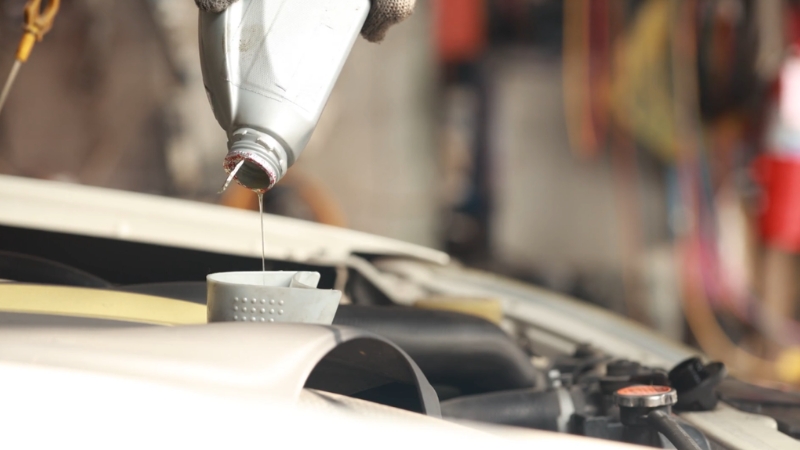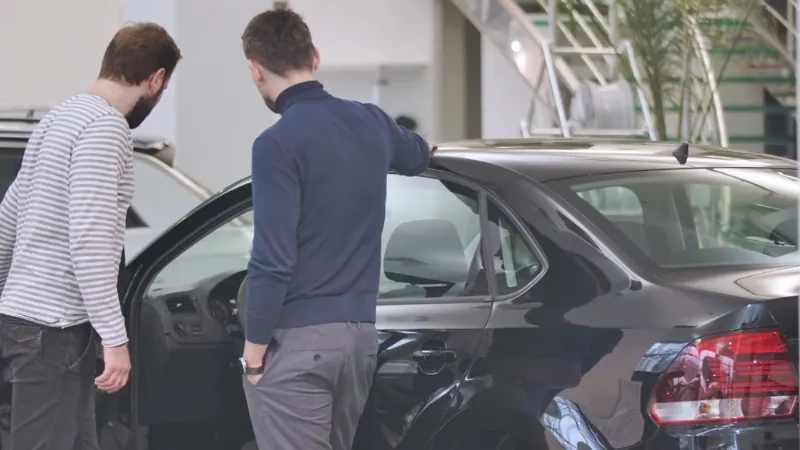
Share Post:
Electric vehicles have gained remarkable popularity. Curiosity surrounding their safety compared to traditional gasoline-powered models has prompted more than a few spirited conversations.
Today, we will have an open, honest look at the topic without pushing any one perspective too strongly. Some appreciate the cutting-edge technology behind battery-powered transportation, while others remain skeptical due to unfamiliar risks and concerns.
In any case, spotlighting the facts can help everyone feel more confident about making informed choices. Let’s talk some safety, shall we?
Table of Contents
ToggleThe Meaning of Safety in Modern Vehicles

Safety means more than airbags and seat belts. It touches on crashworthiness, occupant protection, fire hazards, pedestrian well-being, and even reliability over time.
Innovations have come a long way, improving everything from car frames to software systems that predict and prevent hazards.
EVs provide a fresh canvas for engineering teams, who often include advanced driver assistance features as standard.
Traditional vehicles, on the other hand, remain familiar, proven options.
How Do EVs Fare in a Collision?

Some might worry about how well EVs handle major impacts on busy highways. Numerous safety tests suggest a positive story.
Ratings from agencies like the Insurance Institute for Highway Safety (IIHS) show that models such as the Ford Mustang Mach-E and Volvo XC40 Recharge earn high marks.
The National Highway Traffic Safety Administration (NHTSA) also includes several electric models in top-level 5-Star Safety Ratings.
Engineers have worked hard to ensure that protective cages, structural crumple zones, and various active safety tools shield drivers and passengers.
In case you experience a collision and want to seek some legal advice after the event, particularly regarding airbag injuries, De Castroverde Law Group offers valuable resources and assistance to go through post-collision challenges.
Lower Center of Gravity Means Greater Stability
Battery packs in EVs tend to be mounted under the passenger compartment, dropping the center of gravity closer to the asphalt.
That difference may reduce rollover risks. Stability often translates into fewer catastrophic accidents. The handling benefits help many EVs feel planted on the road, even in sharp turns or quick maneuvers.
That design strategy can lessen the likelihood of accidents where a sudden swerve leads to a dangerous flip.
Fire Risks and Battery Safety

Stories about EV battery fires appear dramatic and may alarm drivers. Data suggests that fires remain less frequent in EVs than in gasoline-powered counterparts.
Gasoline spills and leaks have their own well-documented record of danger. Still, battery fires pose unique challenges for first responders.
High-Profile Incidents and Recalls
Some examples highlight industry efforts to keep owners protected. Jaguar recalled about 3,000 units of its 2019 I-Pace electric SUV over possible battery fire risks. Owners received instructions to park away from buildings to minimize damage in the worst case.
Such high-profile moves underscore the industry’s willingness to address hazards promptly. Manufacturers now invest heavily in research aimed at designing safer cells and improving thermal management.
Innovations Addressing Fire Safety

Engineers push forward with improved battery chemistries, such as lithium-iron phosphate (LFP), which provide greater stability. Other potential breakthroughs, like solid-state batteries, appear on the horizon.
Those might cool more easily, potentially slashing fire risks even further. Comprehensive quality control, better battery shielding, and advanced monitoring systems help keep safety a top priority.
Pedestrian Safety in a Quieter World
EVs make less noise, especially at low speeds. Some celebrate the reduced noise pollution, but pedestrians, especially those with visual impairments, can find it harder to detect an approaching EV.
Studies indicate a higher likelihood of pedestrians being struck when crossing paths with an electric model as opposed to a car that roars or rumbles.
Artificial Noise Solutions
Regulations now encourage or require automakers to add artificial sounds at low speeds. Soft hums or simulated engine noises alert pedestrians without rattling entire neighborhoods.
Such measures strike a balance: quieter rides for EV owners, yet still enough auditory information to help those sharing the street stay alert and safe.
The Weight Factor and Its Effects
Batteries Add Pounds
Big battery packs mean heftier curb weights. Heavier cars often protect their own occupants better in collisions. Large mass can mean less intrusion into the cabin, which helps keep passengers safer.
On the other hand, heavier EVs might cause more damage when colliding with smaller vehicles, cyclists, or pedestrians. Massive models like the GMC Hummer EV spur debates regarding fair risk distribution among all who use public roads.
Road Wear and Environmental Consequences
In addition to collision dynamics, heavier EVs impact infrastructure. Heavier loads may mean roads wear out faster, leading to more frequent repairs. Tire wear can increase, throwing additional particulate matter into the air.
Policymakers and engineers must consider broader safety and environmental consequences tied to rising vehicle weights. Achieving a balanced approach requires collaboration across automotive engineering, urban planning, and public health experts.
More Reliable Means More Predictable

Strong reliability records form the backbone of safer automobiles. When vehicles function as intended, drivers experience fewer surprises. EVs, still emerging from their relative infancy, show mixed reliability data.
Consumer Reports points out that electric SUVs seem to encounter more issues than their gasoline counterparts. On the other hand, smaller hybrids and plug-in models often excel in long-term performance.
Consistency matters when brakes must work every time, sensors must remain accurate, and powertrains must respond immediately.
Industry on a Learning Curve
The industry continues to learn from early missteps. Battery management systems improve yearly, and software glitches once seen in early EVs get ironed out.
The journey involves trial and error, but every successful solution strengthens the overall safety landscape. Many believe tomorrow’s EVs will surpass traditional cars in both reliability and occupant protection.
Early adopters benefit from rapid improvements as automakers race to earn the trust of a growing customer base.
Additional Considerations and Consumer Awareness
Staying informed about recalls, keeping vehicle software updated, and following proper charging guidelines enhance safety.
Consumers can also pay attention to tire pressure, brakes, and other maintenance items, just as they would with any other car. Education and resources continue to expand, empowering drivers to make better safety decisions on the road.
Options and Future Directions
Though EVs feel like a fresh chapter, they do not exist in isolation. Public sentiment, government regulations, and marketplace dynamics all play a role in shaping the future.
The automotive world pursues improved battery safety, standardized pedestrian alerts, and lighter materials that maintain strength without weighing cars down too much.
Engineers refine designs, policymakers legislate thoughtfully, and consumers voice their concerns and preferences.
Tips for Staying Safe Around EVs
- Be Attentive: Listen carefully in quieter environments and look more often before crossing.
- Spot Charging Stations: Notice areas where EVs commonly operate silently.
- Watch for Artificial Sounds: Some models emit gentle hums or tones at low speeds.
- Give Larger EVs Room: Heavier vehicles require extra caution. Steer clear of blind spots.
- Learn New Tech Features: Familiarize yourself with advanced driver aids, lane-keeping tools, and emergency braking systems.
Final Thoughts
EVs hold promise and present unique challenges. Strong crash test ratings, stable handling, and evolving battery designs reflect positive progress. Yet, fire risks, quiet operation impacting pedestrians, and higher vehicle weights push everyone to remain aware and proactive.
It is possible to admire the quiet hum of an electric motor while still recognizing that each advancement brings responsibilities. The future looks brighter each time engineers, policymakers, and drivers commit to continuous safety improvements.
EVs may indeed become a standard-bearer for a safer, more sustainable era of personal transportation.
References
jech.bmj.com – Pedestrian safety on the road to net zero: cross-sectional study of collisions with electric and hybrid-electric cars in Great Britain
Related Posts:
- Crash Safety Showdown: Electric Vehicles vs.…
- 15 Best Electric Cars Under $50,000 in 2025 -…
- 20 Cars That Look Like Spaceships - Best Futuristic…
- Are EVs Losing Value Faster Than Other Cars? What…
- 27 Longest Range EVs in 2025 - A Side-by-Side Comparison
- 12 Reasons Why Gas Cars Are Better Than Electric in 2025








